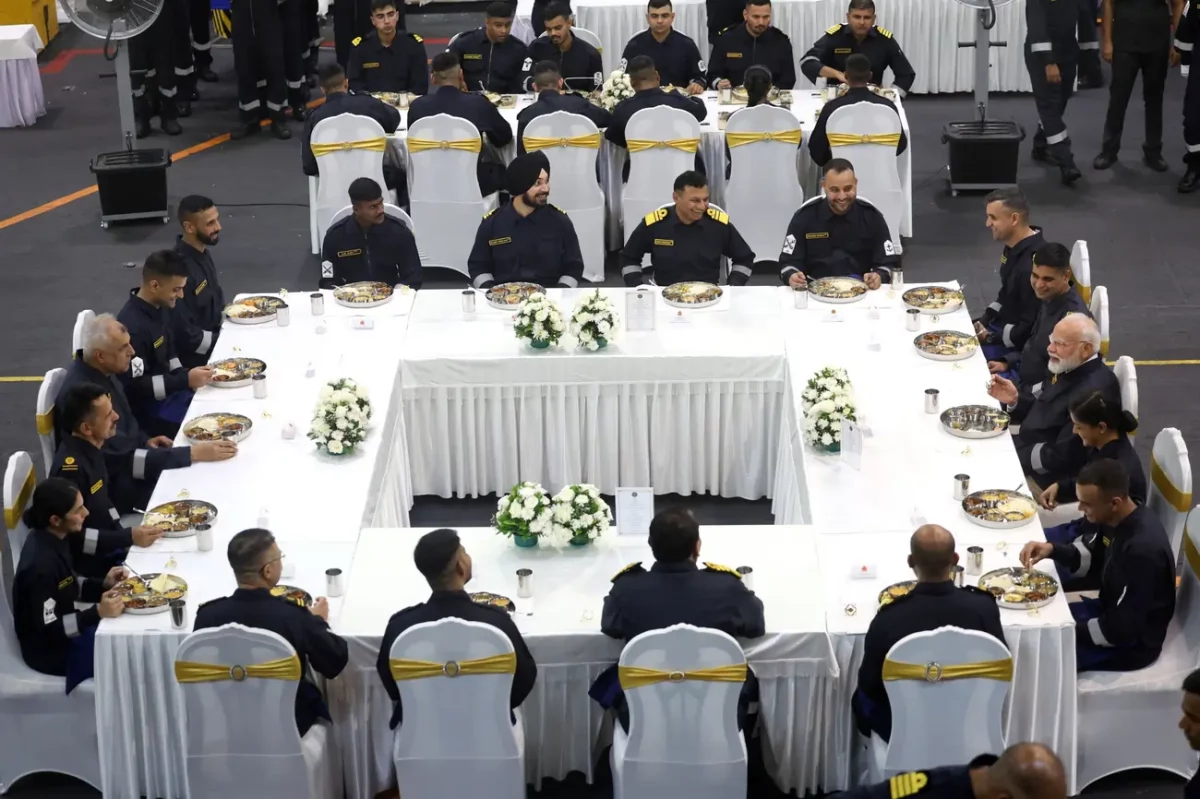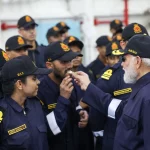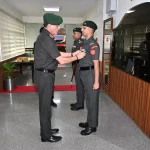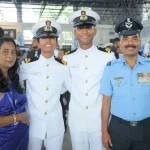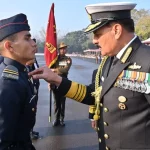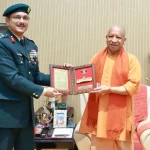On the evening of October 19, 2025, Prime Minister Narendra Modi participated in the cherished armed forces tradition of Bara Khana aboard the indigenous aircraft carrier INS Vikrant, stationed off the coasts of Goa and Karwar. This ceremonial meal, a hallmark of camaraderie and unity in the Indian military, was part of Modi’s 12th consecutive Diwali celebration with the nation’s troops. The event, marked by patriotic fervor and festive spirit, featured a wholesome Indian thali that reflected the cultural richness and disciplined hospitality of the Indian Navy.
A Traditional Thali Fit for a Festive Occasion
The meal served during the Bara Khana was a meticulously curated Indian thali, embodying the essence of a balanced, celebratory repast. The stainless-steel thali plates, a nod to traditional Indian dining, were thoughtfully arranged with an array of dishes that catered to both taste and tradition. The following items were observed on the plates, offering a glimpse into the culinary spread shared by the Prime Minister and the naval personnel:
- Chapatis/Rotis: Soft, folded pieces of Indian flatbread, a staple that provided a comforting base for the meal.
- Plain Steamed Rice: A portion of fluffy white rice, serving as a versatile accompaniment to the curries.
- Dal (Lentil Curry): A vibrant yellowish curry, prepared with toor or moong dal, offering a protein-rich and flavorful component.
- Paneer or Mixed Vegetable Curry: A rich, reddish-orange gravy, possibly paneer butter masala or a North Indian-style mixed vegetable curry, adding a creamy and spiced dimension.
- Dry Vegetable Sabzi: A colorful medley of stir-fried vegetables, providing a crunchy and nutritious contrast.
- Pickle (Achar): A small dollop of tangy red Indian pickle, adding a burst of flavor to complement the milder dishes.
- Curd/Raita: A cooling serving of white yogurt or raita, served in a small compartment to balance the meal’s spices.
- Sweet (Dessert): A piece of gulab jamun or a halwa-like dessert, offering a sweet conclusion to the savory spread.
- Papad: Thin, crispy papad, placed atop or beside the plate, adding a satisfying crunch.
- Salad: Decoratively arranged slices of cucumber, onion, or tomato, contributing freshness and visual appeal.
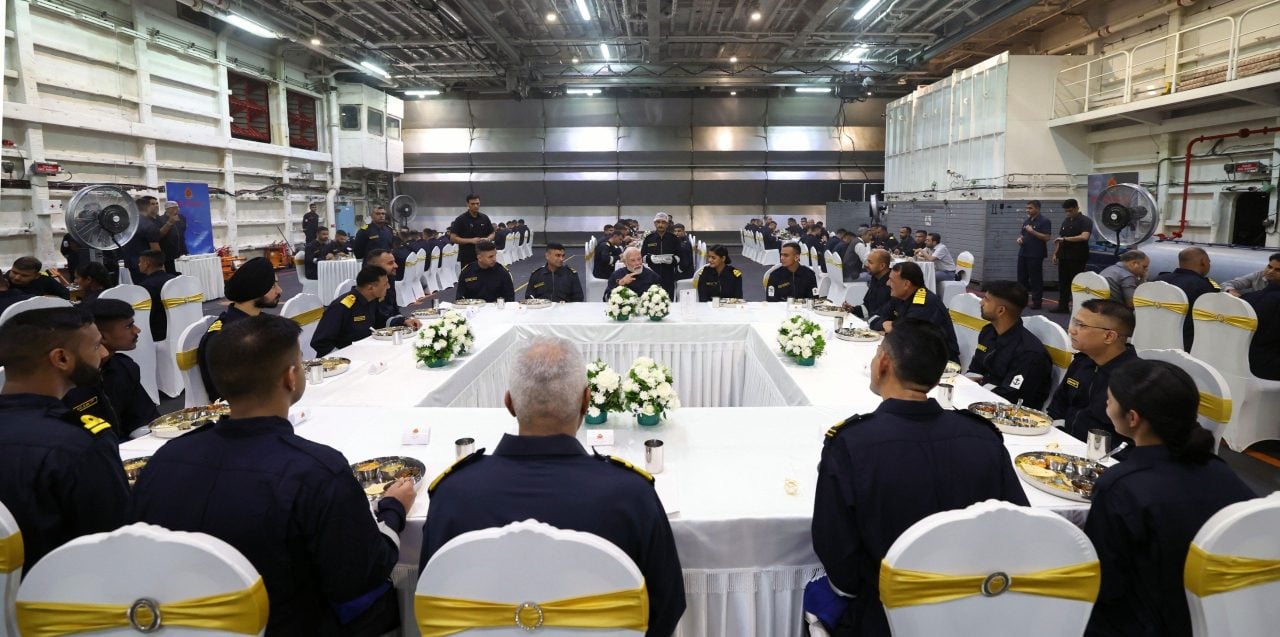
Accompanying each thali was a steel tumbler filled with water or buttermilk, ensuring hydration and aiding digestion. The setup was completed with neatly arranged napkins and stainless-steel cutlery, reflecting the Navy’s attention to detail and decorum, even in the austere environment of a warship.
A Meal Steeped in Symbolism
The choice of a traditional thali for the Bara Khana was fitting for the occasion, aligning with the cultural significance of Diwali and the Navy’s role in safeguarding India’s maritime frontiers. The thali, a microcosm of India’s diverse culinary heritage, symbolized unity and inclusivity, mirroring the diverse backgrounds of the sailors aboard INS Vikrant. Each dish, from the humble chapati to the indulgent gulab jamun, contributed to a shared experience that bridged the gap between the Prime Minister and the naval personnel.
The Bara Khana tradition, deeply rooted in the Indian armed forces, fosters a sense of equality and camaraderie, as leaders dine alongside soldiers in a shared setting. For Prime Minister Modi, this was an opportunity to express gratitude and solidarity, reinforcing his commitment to the armed forces. The setting aboard INS Vikrant a 45,000-tonne marvel of indigenous engineering added a layer of national pride, with the meal serving as a celebration of both cultural heritage and military prowess.
A Broader Context of Celebration
The Bara Khana was part of a larger Diwali engagement that included an Air Power Demonstration and a cultural program featuring patriotic songs, as noted in related coverage. Modi’s presence on the carrier, where he spent the night and addressed the crew, underscored the strategic importance of INS Vikrant and the Navy’s role in national security. His remarks, likening the sun’s reflection on the ocean to “Diwali lamps lit by brave soldiers,” imbued the meal with poetic significance, tying it to the festival of lights.
This event, widely shared through social media, including a tweet by PM Modi on October 20, 2025, resonated with millions, garnering significant engagement. The accompanying photographs of the Bara Khana depicted a formal yet warm dining arrangement, with Modi seated among uniformed sailors, reinforcing his image as a leader connected to the nation’s defenders.
Conclusion
The Bara Khana aboard INS Vikrant was more than a meal; it was a powerful gesture of unity, gratitude, and cultural celebration. From the wholesome chapatis to the decadent gulab jamun, the thali encapsulated the spirit of Diwali harmony, prosperity, and togetherness.
By dining with the sailors, Prime Minister Modi not only honored their service but also reinforced the nation’s pride in its armed forces and indigenous achievements like INS Vikrant. This festive gathering will remain a memorable chapter in India’s Diwali celebrations, blending tradition with the strength of its maritime guardians.

